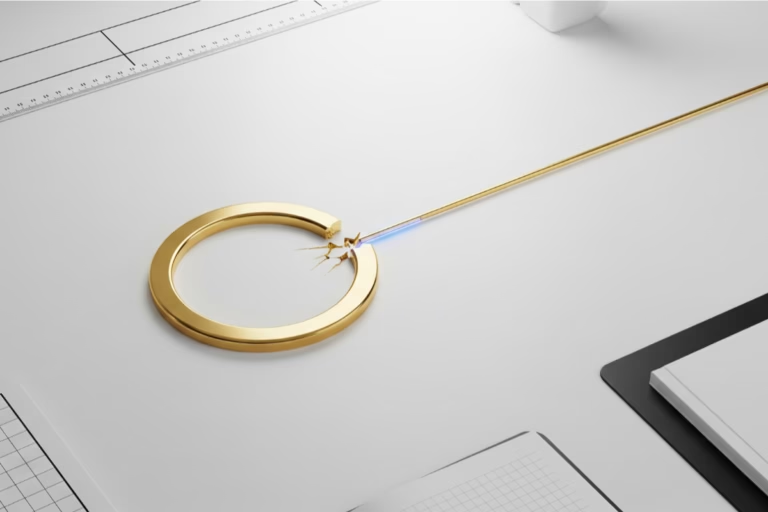How to Create a Habit Loop That Actually Sticks
If you want to build better habits, start with the structure behind them. The habit loop — made up of a cue, routine, and reward — is the foundation of behavior change. Whether you’re trying to improve focus, fitness, or consistency, learning how to create a habit loop gives you a repeatable system for long-term growth.
But knowing the framework isn’t enough. Results come from how precisely you design it: the clarity of your cue, the simplicity of your routine, and the immediacy of your reward. This guide breaks it down step by step so you can build habits that last.
What Is a Habit Loop
A habit loop is the neurological feedback cycle that drives automatic behavior. Popularized by Charles Duhigg in The Power of Habit, it consists of three essential components:
- Cue – the trigger
- Routine – the behavior
- Reward – the payoff
Later frameworks, such as James Clear’s model from Atomic Habits, add a fourth stage — craving — but the foundation remains the same: the brain repeats behaviors that efficiently solve problems. Once a loop is formed, it becomes hardwired.
“Habits are the brain’s way of saving energy.” — Charles Duhigg
MIT neuroscientist Ann Graybiel confirmed this through lab studies, showing how repeated actions become automated in the basal ganglia. Once the loop is in place, it runs without conscious effort.
This is why understanding how to create a habit loop matters — it gives you leverage over your own behavior. It’s not about brute-force discipline. It’s about aligning with how your brain already works.
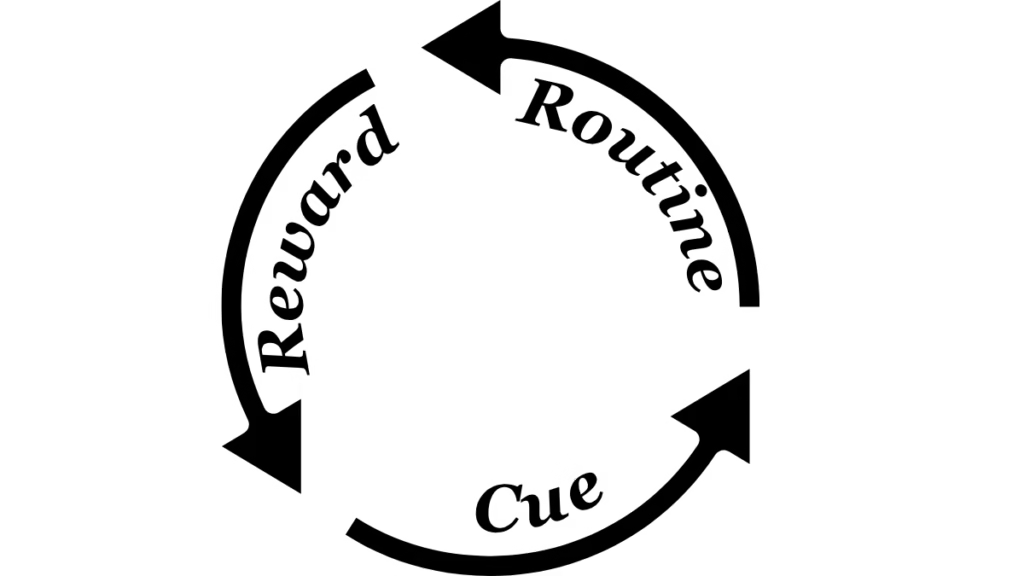

Why the Habit Loop Works
At the core of every habit is a neural shortcut. The brain is designed to conserve energy, and habits satisfy this need by automating repetitive decisions.
Dopamine plays a key role — not just from the reward itself, but from the anticipation. This anticipation makes a behavior feel satisfying before it even begins, reinforcing it further.
Behavioral science backs this up. Research by Phillippa Lally shows that it takes an average of 66 days to build a habit — but it’s not about time alone. Wendy Wood’s studies found that context and environmental consistency drive habit strength more than motivation ever will. If you want to figure out how long it will take you to form a new habit you can read our article here.
Habit loops work because they remove friction and bypass decision fatigue. The behavior becomes automatic. And in high-performance systems, automatic means scalable.
The Core Components of the Habit Loop
Cue
This is the event that initiates the habit. Cues can include:
- Time of day
- Location
- Emotional state
- Previous action
- Social interaction
The best cues are specific and consistent. “After I pour my coffee” is far stronger than “in the morning.” Recognizing and designing strong cues is the first critical step in how to create a habit loop that works.
Routine
This is the action you want to make automatic. In the beginning, it must be frictionless. Complexity is the enemy of consistency. Shrink the behavior until it feels effortless to start.
Reward
The reward gives the loop its power. Whether it’s relief, satisfaction, or progress, the brain needs a clear payoff to reinforce the behavior. If the reward is vague or delayed, the loop weakens.
In modern models, craving is considered the emotional driver — the internal state that anticipates the reward. Craving fuels repetition.
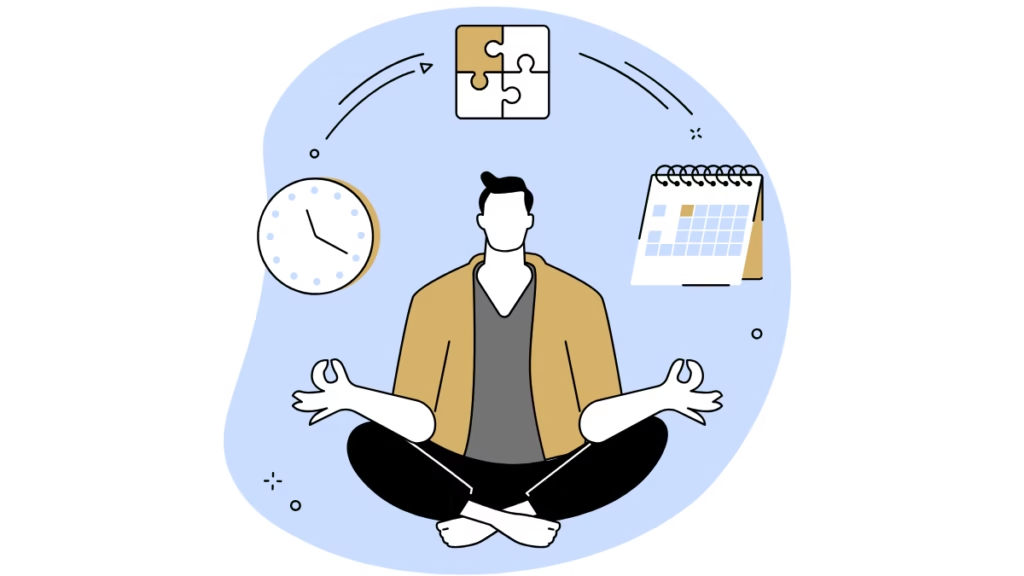

How to Create a Habit Loop That Sticks
This isn’t about willpower. It’s about design. High-performance habits are crafted with intention — and built to last.
Start with Identity
Every habit should reinforce the type of person you’re becoming.
“I want to write more” becomes “I am someone who creates with clarity each morning.”
Identity-based habits are self-reinforcing. When your actions align with your self-image, consistency follows. Self-sabotaging habits are one of the biggest inhibitors to growth, read our article here on how to break them
Make the Cue Obvious
Use habit stacking to link new behaviors to existing ones:
- “After I close my laptop, I will stretch.”
- “After brushing my teeth, I will review my vision board.”
Design your environment to support the cue. Leave the journal on your desk. Lay out your gym clothes the night before. Make the trigger impossible to ignore.
Make the Routine Effortless
Shrink the behavior until it feels automatic. Instead of journaling for 30 minutes, write one sentence. Instead of a full workout, do 10 push-ups.
Build momentum first — then scale.
Make the Reward Immediate
If the payoff comes too late, the loop breaks. Give yourself something real:
- Check off a tracker
- Sip your favorite tea
- Reflect for 60 seconds
The reward doesn’t need to be dramatic. It just needs to be felt.
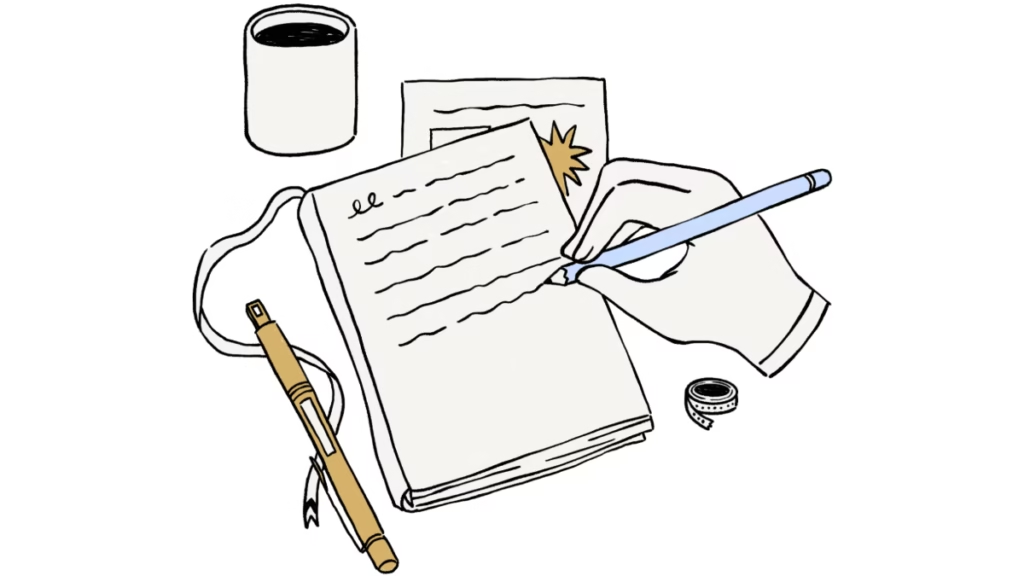

Refine Through Feedback
Not every loop will work on the first try. Audit your system – or fix broken habits by adjusting the weakest link in the loop.
- Is the cue consistent?
- Is the behavior too complex?
- Is the reward clear?
High performers iterate. They don’t guess. They observe and adapt. And they consistently revisit how to create a habit loop that evolves with their goals.
Advanced Applications
Keystone Habits
Some habits trigger ripple effects across your entire life. These are keystone habits — foundational routines that upgrade everything else. Common examples:
- Morning workouts
- Daily planning
- Hydration rituals
Tie these habits to identity: “I am the type of person who…” — and watch your standards rise.
Frameworks and Systems
If habits are the actions, frameworks are the architecture. They remove ambiguity, reduce friction, and turn behavior change into a process — not a guessing game.
- Fogg Behavior Model:Developed by Stanford researcher BJ Fogg, this model shows that behavior = motivation + ability + prompt. When all three align, change becomes inevitable.
- Tracking Tools: Whether it’s a simple calendar or a habit tracker app like Loop, visual proof of progress reinforces identity and builds momentum.
Systems reduce decision fatigue. Frameworks remove excuses. Performance is built on both.
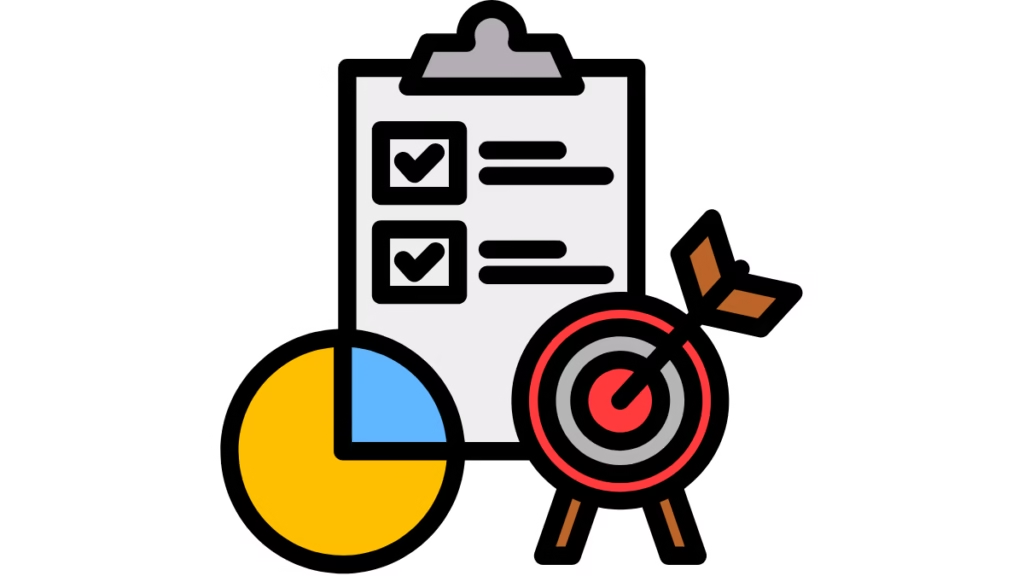

Summary: Precision Over Force
The habit loop isn’t theory. It’s a performance mechanic.
Design it right, and it becomes automatic. Refine it over time, and it becomes unstoppable.
Knowing how to create a habit loop — not just intellectually, but strategically — is the difference between hoping for change and engineering it. That strategy starts with developing a mindset built for discipline and resistance.
Common Questions
u003cstrongu003eu003cstrongu003eHow do you create a habit loop?u003c/strongu003eu003c/strongu003e
Start with a clear cue, follow it with a simple routine, and end with a rewarding outcome. Repetition locks the loop into place.
u003cstrongu003eWhat are the components of a habit loop?u003c/strongu003e
A habit loop includes a cue (trigger), a routine (behavior), and a reward (positive outcome). Some models add a craving step.
u003cstrongu003eHow long does it take to form a habit loop?u003c/strongu003e
On average, it takes 66 days to form a habit loop, though it depends on the behavior and consistency of your routine.
u003cstrongu003eWhat’s an example of a habit loop?u003c/strongu003e
Cue: shut your laptop → Routine: review goals → Reward: mental clarity and closure.



